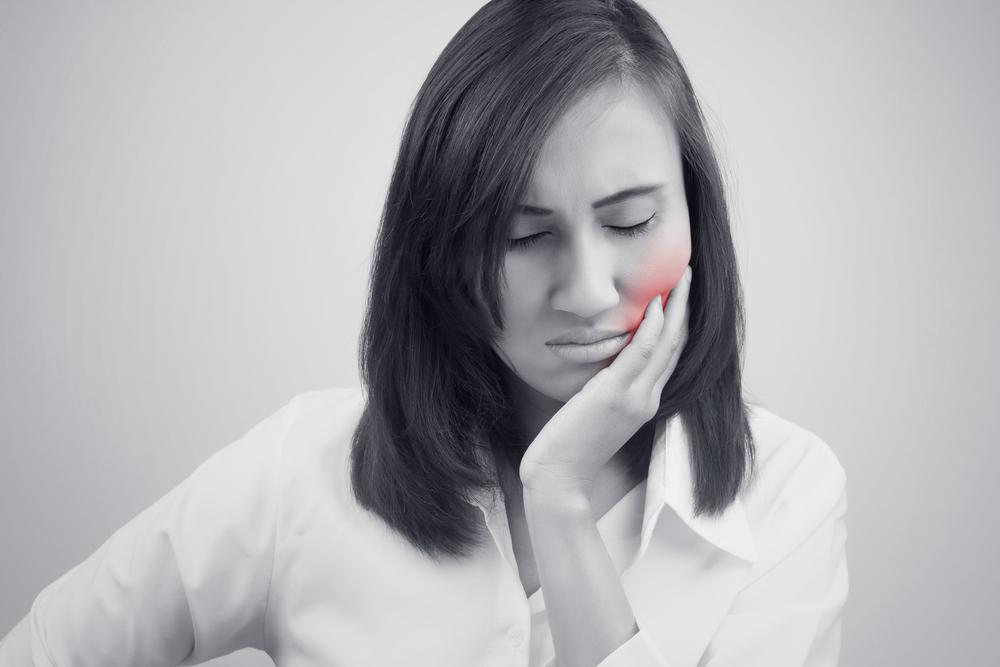What You Should Know About Tooth Pain

What you should know about tooth pain
Prevention is always better than cure when it comes to the health of the teeth and gums. Maintaining teeth and gum health is much better than the painful process of going to the dentist for curing tooth pains. Maintaining a good oral hygiene by brushing twice a day, more importantly, post-dinner, flossing regularly, using a mouthwash, and a regular bi-annual checkup of the teeth prove to be of much help in the long run.
Below is some information about the causes, the diagnosis, and the treatment options for a tooth pain.
What causes tooth pain?
- The teeth have a hard, outer layer called enamel that is impervious and protects the inner delicate tissues like the pulp, which contain the blood vessels and nerves.
- The problems begin with sensitivity to air, cold or hot liquids, and sour or sweet foods in most of the cases.
- Home remedies offer temporary relief, but tooth pain treatment in time is unavoidable.
How is a toothache diagnosed?
- A tooth pain need not necessarily mean dental decay or caries.
- Often pains elsewhere deeper in the body are projected in the tooth as reflected pains.
- The nature of the pain gives the dentist an insight into the cause of a toothache.
- If a light tapping on the top of a tooth with the rear end of the probe gives a painful feeling, it is almost certain that the pain is due to the tooth being decayed in some way.
- If scraping off dark brown decayed tissue on the tooth with the sharp end of the probe leads to sensitivity or pain, a superficial cavity is indicated.
- If the dentist is unable to come to a firm diagnosis, then eventually an X-ray is taken.
- In case there is no damage to any tooth, the pain is seen as probably reflected pain.
- Another common cause of tooth pain is the eruption of the third molar, more popularly known as the wisdom tooth. Often this tooth is fused with the jaw, a condition called an impacted wisdom tooth.
- Any pain in the angle of jaw making the opening of mouth painful and difficult indicates trouble in the temporomandibular joint (TMJ).
How is a tooth pain treated?
- The treatment, as always, depends on the cause.
- Superficial cavities are filled with the appropriate material after drilling out an adequate cavity.
- From a host of filling materials, a color is matched with the neighboring teeth and is used to fill the cavity.
- Currently, resins are used that are hardened by exposure to ultraviolet light for a prescribed duration.
What is a root canal treatment?
- For cavities that go to the pulp cavity, the procedure is complicated and lengthy, warranting multiple visits to the dentist. This procedure is called a root canal treatment (RCT).
- During the RCT, the dentist drills a passage to the pulp cavity from the top of the tooth under local nerve blocks for it is painful.
- If the procedure is elective, i.e., it is prophylactic or preventive and planned, it is simpler and quicker as the root canal need not be disinfected.
- In cases of infection, pulp cavity disinfection is a requisite and takes time.
- After ensuring a complete eradication of the infection, the dryness of the cavity is filled with “gutta percha” (GP), an inert material made of standard-sized uniform cones called the GT points. A tight filling of the root canals is necessary. Root canals are enlarged to the nearest standard size of the pin. After this, the cavity is sealed using the usual filling materials.
- Finally, the tooth size is reduced to a standard size and an impression of both jaws is taken and a crown of appropriate material is made in special laboratories and fitted with cement.
How can one avoid tooth pain treatments?
- A regular cleansing of the mouth after every meal with plenty of water goes a long way to keep tooth decay at bay. This should be done within twenty minutes of eating.
- Regular brushing with a soft toothbrush twice, once in the morning and mandatorily post-dinner, to remove the plaque is necessary.
- Place the bristles at about 45 0 angles on the gum line and twist the brush upward in case of the lower row of teeth and downwards for the upper row. This ensures completing cleaning of teeth and gums.
- The biggest culprit to tooth decay is the food stuck in between teeth which can be removed with an interdental brush or a flossing thread and the gap can be cleaned as well.
Disclaimer:
The content provided on our blog site traverses numerous categories, offering readers valuable and practical information. Readers can use the editorial team’s research and data to gain more insights into their topics of interest. However, they are requested not to treat the articles as conclusive. The website team cannot be held responsible for differences in data or inaccuracies found across other platforms. Please also note that the site might also miss out on various schemes and offers available that the readers may find more beneficial than the ones we cover.

